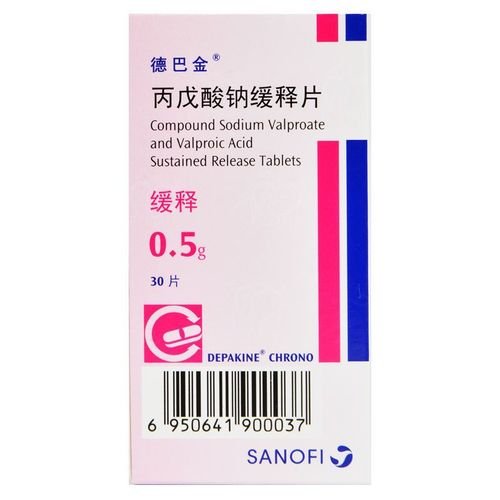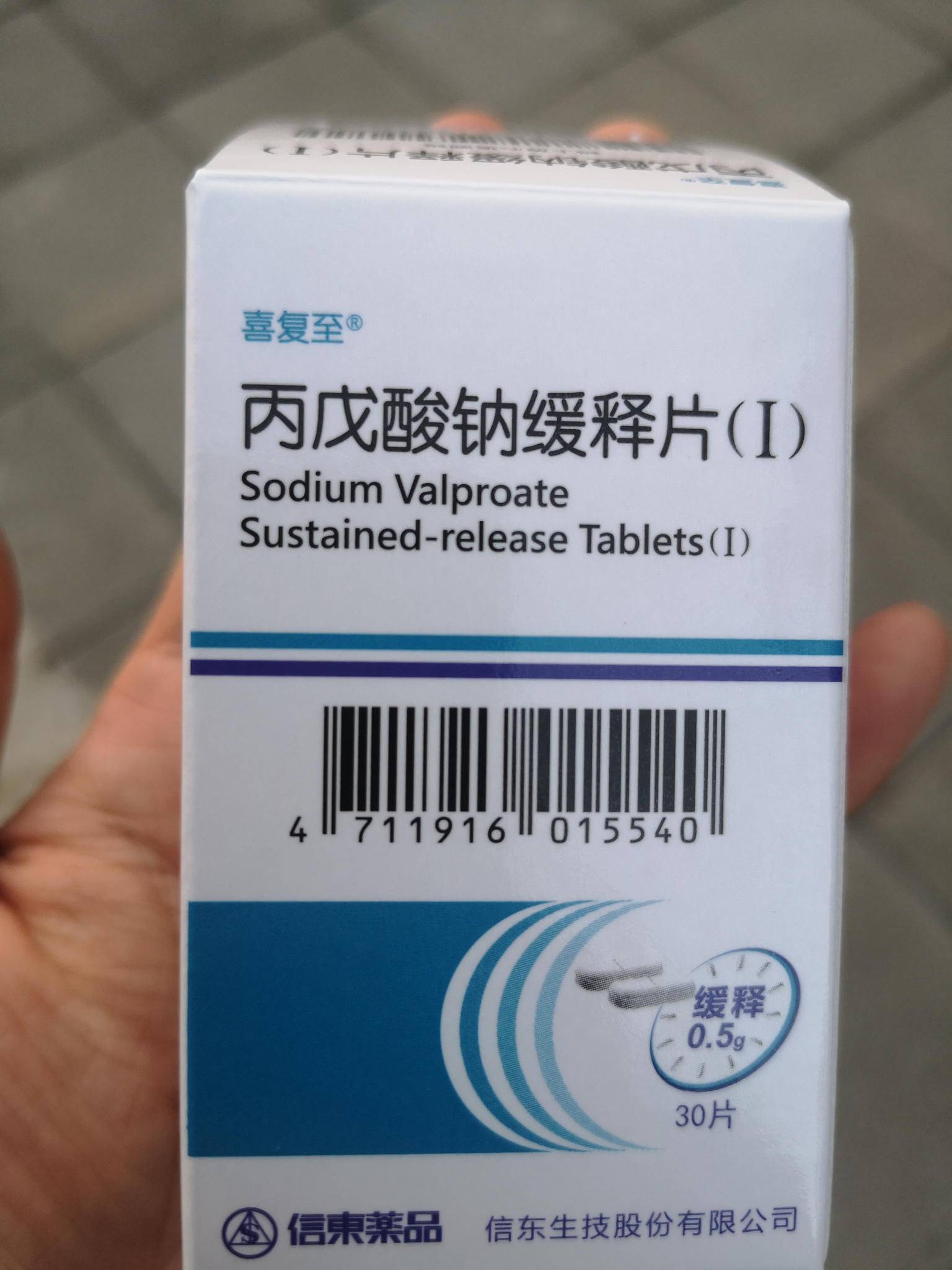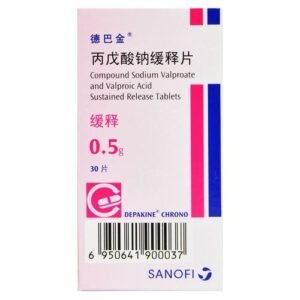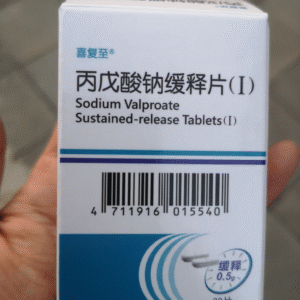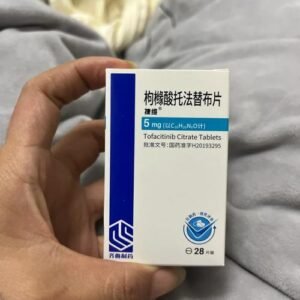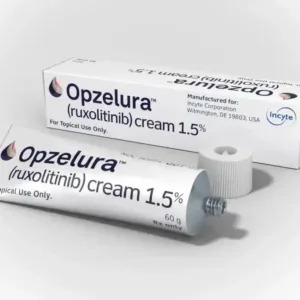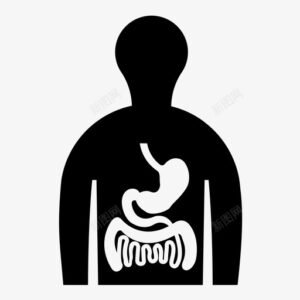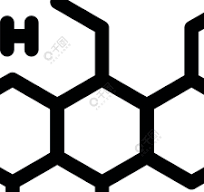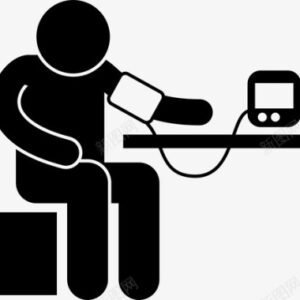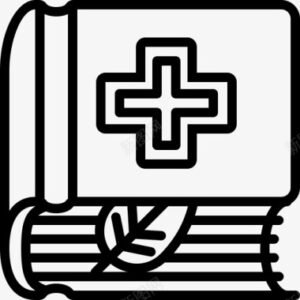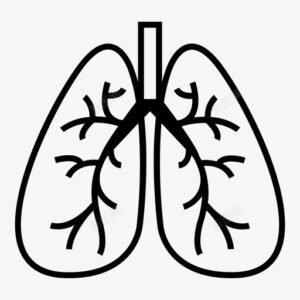Compound Sodium Valproate and Valproic Acid Sustained Release Tablets 丙戊酸钠缓释片
Effects and efficacy:
It is mainly used to control two types of epileptic seizures: systemic epilepsy (abnormal discharges in the entire brain at the same time) and partial epilepsy (abnormal discharges in some brain areas). It can also help relieve symptoms of mania such as extreme high emotions, overactivity, and impulsive behavior.
Usage and dosage:
To treat epilepsy, swallow the whole tablet without breaking or chewing. Take it 1-2 times a day. If the epilepsy control effect is good, it can be changed to once a day under the guidance of a doctor. There are two specific situations: patients who are newly diagnosed or have not used other anti-epileptic drugs: the initial dose is calculated according to body weight (10-15 mg per kilogram per day), increase the dose every 2-3 days, and adjust to the optimal dose within a week. The final dose for most patients is 20-30 mg per kilogram per day. If the seizures cannot be effectively controlled at this dose, the dose can be increased under the close monitoring of the doctor. The conventional dose for children is 30 mg per kilogram per day, and for adults it is 20-30 mg per kilogram per day. Elderly patients need to determine the specific dose based on the actual control effect. Everyone has different sensitivity to drugs and needs personalized adjustment. Patients who are using other anti-epileptic drugs: switching to this product requires a gradual transition, gradually reaching the target dose within two weeks, and the original medication needs to be gradually reduced until it is discontinued. If other anti-epileptic drugs are needed, the dosage should also be gradually increased. The dosage is adjusted in stages for the treatment of mania. The specific process is: the starting dose is 500 mg per day, taken twice a day in the morning and evening. Increase to 1000 mg per day within three days, and reach 1500 mg at the end of the first week. Subsequent adjustments are made based on symptom changes and blood drug concentration test results. The daily maintenance dose is between 1000-2000 mg, and the maximum does not exceed 3000 mg. Blood tests confirm that the drug concentration is maintained in the treatment range of 50-125ug/mL. Patients who are using other psychotropic drugs at the same time need to adjust the dosage according to drug interactions. Elderly patients generally need to reduce the dosage appropriately.
Adverse reactions:
Common adverse reactions are nausea and vomiting. A few people may experience dizziness and diarrhea. Some patients may also experience hallucinations or mental symptoms, but they are generally mild. The specific situations that may occur are as follows: Common blood problems: prone to anemia and thrombocytopenia. Less common: systemic blood cell reduction, leukopenia. Rarely: decreased hematopoietic function, macrocytic anemia or bone marrow abnormalities. Common changes in examination indicators: weight gain. Rarely: abnormal coagulation function, vitamin deficiency. Nerve-related reactions are particularly common: hand tremors. Common: muscle stiffness, coma, drowsiness, convulsions, memory loss, headache, eye tremors may occur after infusion. Less common: hepatic encephalopathy, Parkinson’s-like symptoms, body incoordination. Rarely: transient dementia or cognitive impairment. Ear problems are common: hearing loss. Respiratory system is less common: pleural effusion. Gastrointestinal reactions are particularly common: nausea. Common: vomiting, swollen gums, mouth ulcers, stomach pain, diarrhea, these conditions usually improve after taking the medicine for a few days. Less common: pancreatitis (potentially life-threatening). Kidney problems are less common: kidney function deterioration. Rarely: bedwetting, special nephritis. Skin reactions are common: allergies, hair loss, nail deformation. Less common: severe edema, rash. Rarely: skin ulcers, systemic drug eruptions. Less common in skeletal muscles: osteoporosis, easy fractures. Rarely: lupus erythematosus, muscle lysis. Less common in endocrine changes: hormone disorders (may cause hirsutism, baldness, acne). Rarely: hypothyroidism. Common metabolic abnormalities: hyponatremia, weight gain (pay attention to the risk of polycystic ovary). Rarely: increased blood ammonia, obesity, bone marrow lesions. Common vascular problems: easy bleeding. Rarely: vascular inflammation. Less common systemic reactions: hypothermia, edema of hands and feet. Common liver damage: abnormal liver function. Common reproductive system: menstrual pain. Rarely: amenorrhea. Rarely: male infertility, polycystic ovary. Common mental state: confusion, hallucinations, irritability. Rarely: abnormal behavior, learning disabilities. Contact a doctor in time if any discomfort occurs. If obvious side effects occur, the drug should be stopped immediately and the specific situation should be explained to the doctor for evaluation and treatment.
Drug contraindications:
Contraindicated if allergic to this product. Contraindicated if liver function is damaged. Use with caution in children. Use with caution during pregnancy. Use with caution during lactation. Use with caution if kidney function is damaged.
View more
Share:
Products
Our offers
Health Classification
Let us work together to protect precious health

